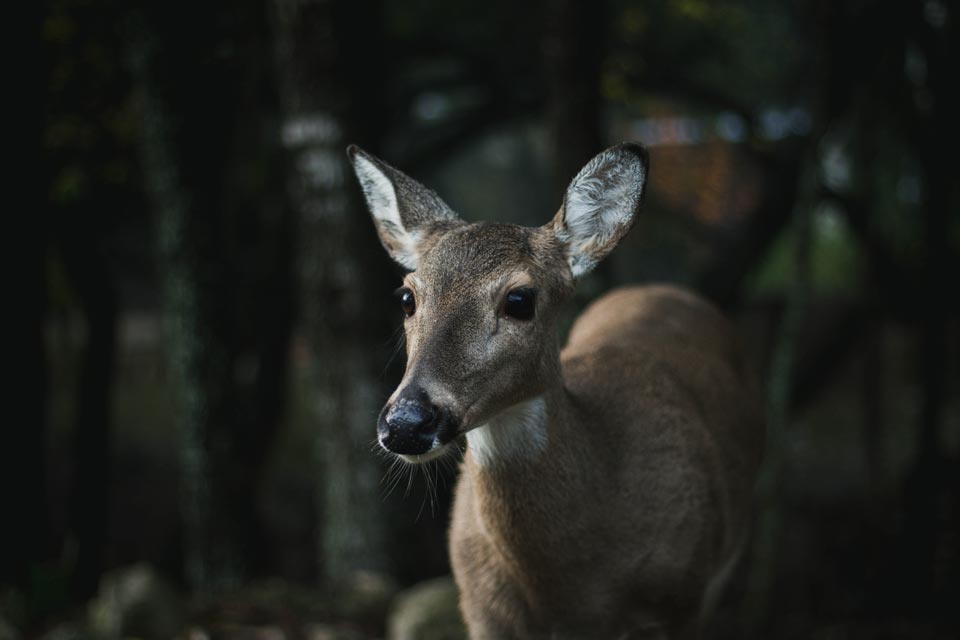Yes, there are many ways to tell the difference between fish: black fish, blue fish, one has a little star, one has a little car, one has a yellow hat. Turns out that some critters have little stars or cars too. Snapping a picture we can sometimes see those little stars.
That’s one of the best things about camera trapping. If an animal has unique markings, you can essentially follow them around the camera-trapping grid. It is even better when you can follow an animal throughout the years at a study site. For example, this is the aptly named Flat-Tail, a fosa that lives at one of my old study sites in Madagascar. Fosa are the largest native carnivore in Madagascar, but when we first saw Flat-Tail on camera trap, he was just a little pup.

Because he had such an obvious mark—the flattened tip of his tail—we were able to recognize him every year we came back to the study site. By 2013, he had grown into quite a handsome adult.

This ability to follow animals throughout a survey and across a study site is the basis for a lot of studies that try to determine how many animals are present in an area. As I’ve mentioned before, I’m planning to do this for black bears now that they are tagged with uniquely colored and numbered ear tags. No one said those little stars or flattened tail tips had to be natural. Our bears needed a little help getting that yellow hat. Or in this case red ear tags. We’ll talk more about how these individuals can help us see the whole population later.

While I was at the Wildlife Society national conference, I saw a poster on research by Kristin Engebretsen from the South Florida Deer Study, where they matched pictures of fawns using their unique spot patterns to determine how many were in the area. As soon as I could, I went through all the pictures I pulled of fawns for looking particularly cute and, voila!


The image on the left is a fawn “captured” in late June. The image on the right is the same fawn “re-captured” in late July. The unique pattern of spots on its left shoulder allow identification without ear tags or a radio-collar.
While we obviously won’t be able to follow the fawns after they start getting their adult coats, we will be able to determine how many fawns are in the area at one of the most vulnerable points in their life: when they are young and easily killed by predators. And (most importantly to me), I’ll have a new suite of animals to ID and follow across a study site. I think this one will be Sixty (short for 360/Circle).
In the words of the great Dr. Seuss:
We see them come.
We see them go.
Some are fast.
And some are slow.
Some are high
And some are low.
Not one of them
Is like another.
Don’t ask us why.
Go ask your mother.
Ecology Program
If you would like to receive email alerts of new blog posts, subscribe here.
And Follow us on Twitter @WTDresearch
